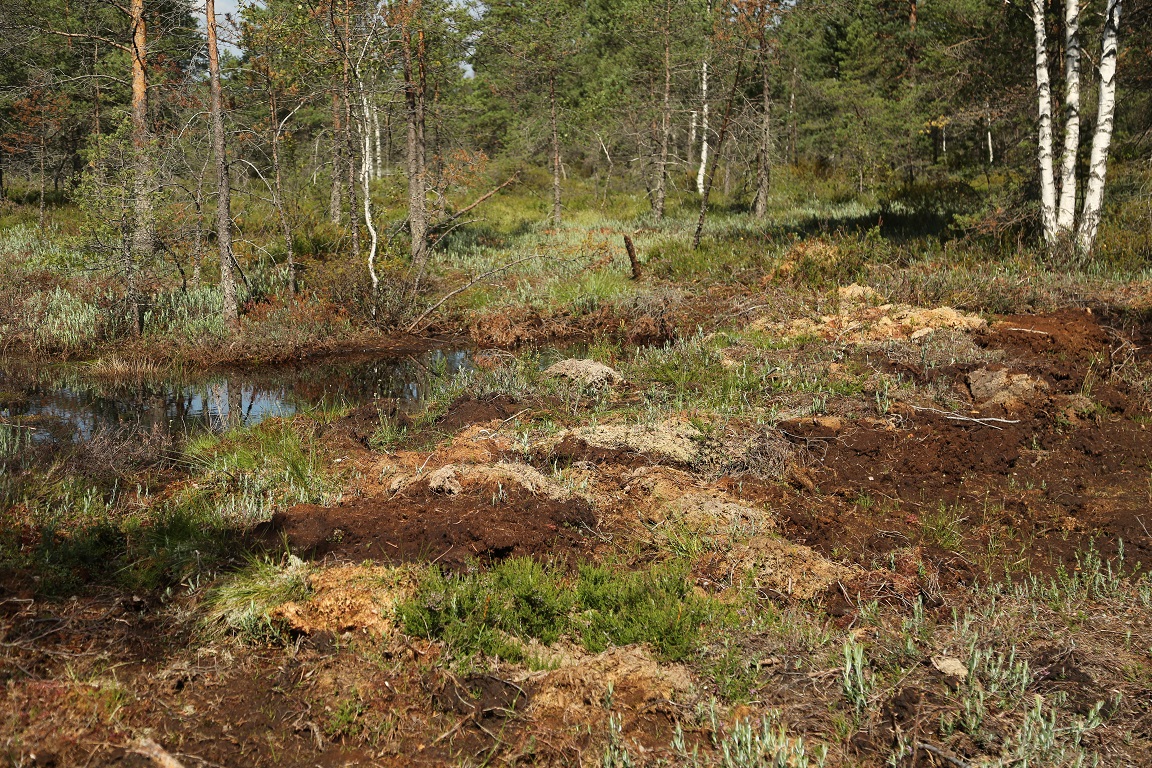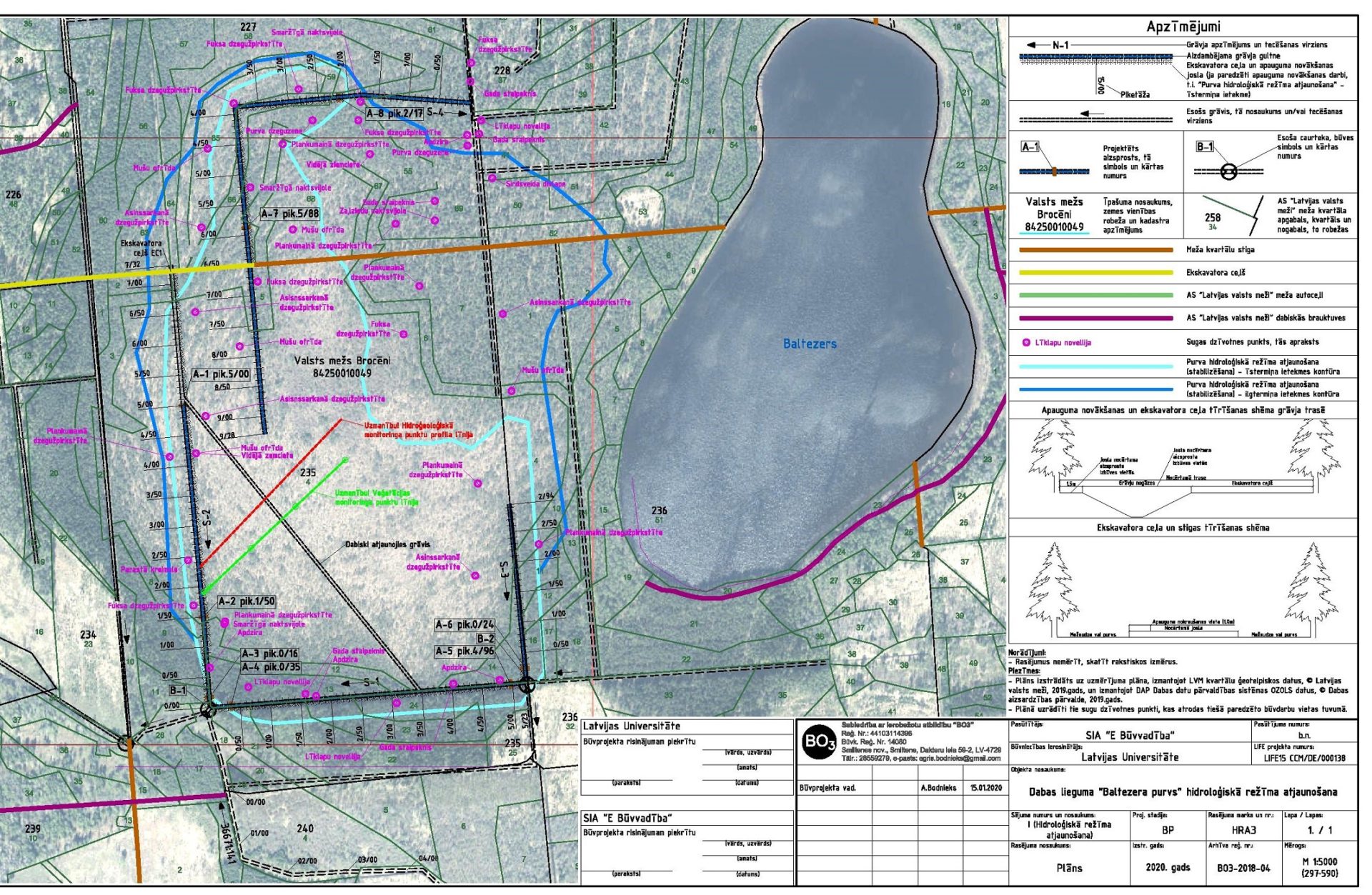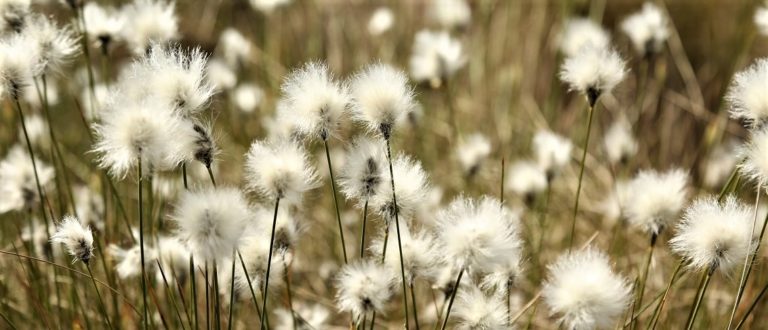The technical designs of the dam construction in the LIFE Peat Restore project areas in Latvia are completed and agreed with the responsible authorities. In August, after the bird breeding period the earth work to block the drainage ditches will be done in all project areas – Engure, Augstroze and Baltezers Mire.
Before starting the work on the ground, the experts of the involved project partners “E Būvvadība” and University of Latvia have once again visited all areas to clarify the technical details, such as the location of dams and accessibility of the locations to excavators equipped with caterpillar tracks. All details have been discussed in the field. Most areas are not accessible by roads, thus the vehicles will use forest tracks and ditch margins. In all cases, light vehicles will be used so that the ground vegetation and topsoil is not damaged and the pressure on the ground is as low as possible. In the building work, the previous experience in similar projects will be applied to make sure that the dams are long-lasting and sustainable.
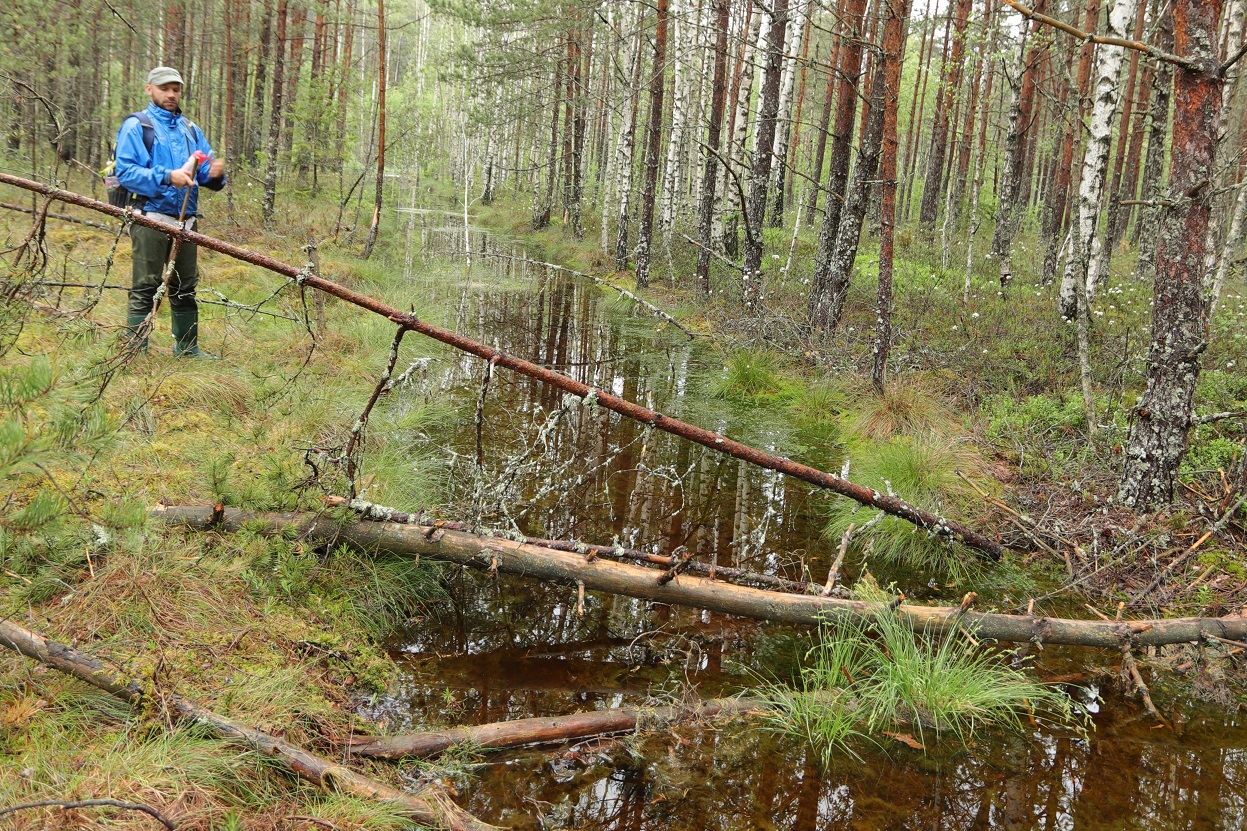
According to the hydrogeological modelling results, the favourable impact of blocking ditches by dams is expected in at least 86 ha of peatland in Engure Lake Nature Park, at least 148 ha in Augstroze Nature Reserve, and at least 40 ha in Baltezers Mire Nature Reserve. In Engure, it is planned to install two plastic piling dams, in Augstroze – 25 peat dams, and in Baltezers Mire – eight peat dams. The number of dams derives from hydrogeological modelling that took into account the catchment areas, character of each ditch, density of ditch network, their impact zones and other factors. The location and types of dams are described in detail in the site management plans and once again agreed in the technical designs.
In Engure, it is planned to install plastic piling dams, as the ditches are dug in mineral soil and it is not possible to locally acquire peat material. In the other two areas, peat dams will be built from peat locally excavated nearby the ditch and covered with the local turf to speed up vegetation recovery. All construction work is carefully planned so that its impact on peatland and surrounding areas is temporary and does not cause any significant ground damage.
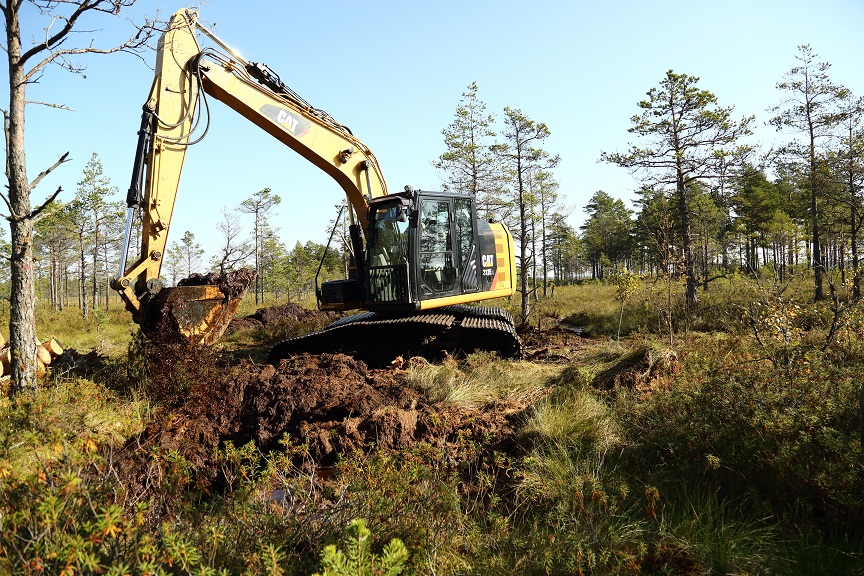
It means that in all the project areas the impact of drainage ditches will be eliminated or at least minimized. We expect that within few years the well-pronounced fluctuations of water table, characteristic in drained peatlands, will stabilize. The stabilization period highly depends also on the hydrometeorological conditions in the next few years. As a result, recovery of peatland functions are expected, i.e. restored regulation of carbon cycle and improved water retention capability that is highly important in mitigation of climate change. This will be also a significant contribution to biodiversity restoration, as all project areas are important for conservation of habitats and species of European Union’s and national importance.
The project partner “E Būvvadība” is responsible for all construction works in the Latvian project areas.
